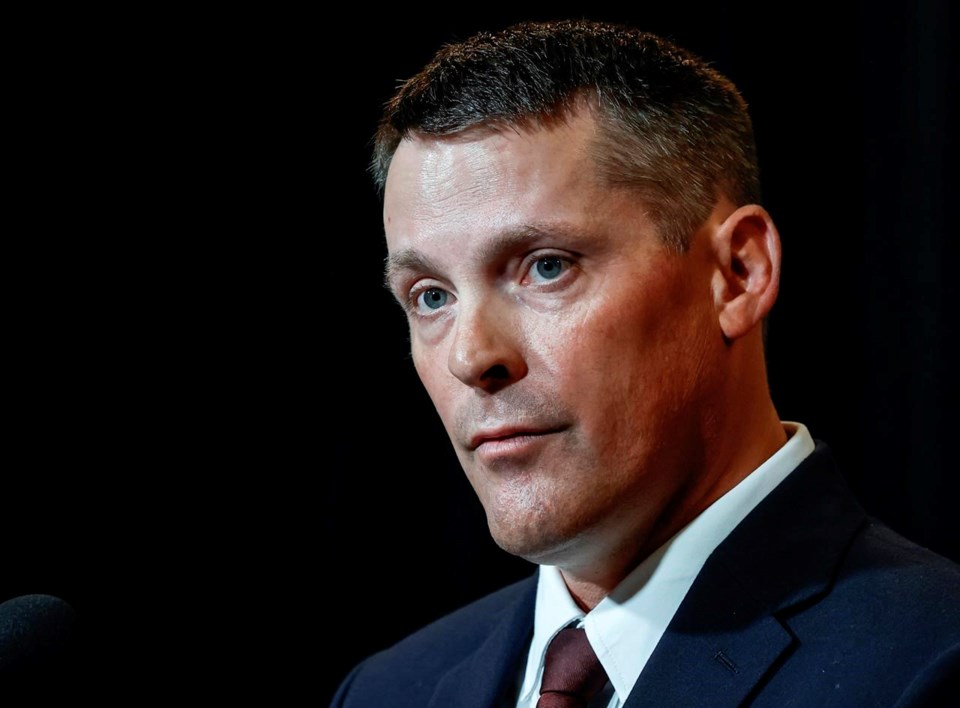CALGARY — The Alberta government said Thursday it still expects a $2.4-billion surplus by the end of the fiscal year, despite slightly lower oil prices and wildfires that have already burned through most of its contingency fund.
"Alberta's economic growth remains on track," said Finance Minister Nate Horner.
But the New Democrat Opposition called that assessment deceptive by not including expenses that are soon to be coming.
"The surplus is likely much lower than the UCP is telling Albertans," said finance critic Samir Kayande.
That growth has been driven by record population growth, Horner said. Alberta's population has increased about 4.4 per cent, the highest in Canada, and that pushed both personal and corporate income taxes higher. Those taxes are now expected to be about $1.4 billion over budget, Horner said.
"That personal income tax (increase) is almost entirely tied to the population numbers."
That surge has largely offset drops in non-renewable resource revenue, which is now forecast to fall by nearly $700 million. The effect of lower-than-forecast oil prices has been softened by a smaller discount oilsands producers receive for their product compared to conventional oil.
Horner acknowledged natural disasters have taken a big bite out of the province's finances.
The firefighting budget alone for this year's wildfire season has mushroomed to $750 million. Another $55 million has been spent on evacuees. Uninsurable losses will cost the province $175 million, although some of that is to be recouped from Ottawa.
Those are just the expenses toted up so far. There have been unaccounted effects on natural gas royalties and tax revenue.
That means three-quarters of the government's $1.2-billion contingency fund has already been spent in the first quarter of the year. That spending doesn't include any agricultural relief at a time when southern Alberta is facing once-in-50-years drought.
Horner said the government doesn't yet have an overall figure for how much the record wildfires will cost Alberta, but he acknowledges that the government will have to take a look at increasing the contingency fund in future years.
"Everyone would see that these events seem to happen more often and can be more impactful."
However, Kayande said the first-quarter results don't include any expenses from the government's purchase of the medical lab company Dynalife. Nor, he said, is the cost of any of the campaign promises the United Conservatives made during the spring election.
"Albertans will have to pay a huge bill," he said.
Horner said those expenses will eventually show up. Kayande said it's routine in the private sector to disclose costs expected in the near term and the government should do the same.
Kayande said the on-track first-quarter results mask growing problems such as slowing housing starts and the anticipated outflow of capital after the government's six-month pause on approvals in the province's booming renewable energy industry. He criticized Horner's characterization of the erosion of Alberta's relative housing affordability as "inevitable."
Kayande accused the United Conservatives of not preparing Alberta for either the coming economy or the coming climate.
"Who's planting the next orchard?" he asked.
This report by The Canadian Press was first published Aug. 31, 2023.
— By Bob Weber in Edmonton
The Canadian Press


